It’s holiday in the sun season! You wore your SPF. You avoided peak hours. You stayed hydrated. Still, your skin feels off after a day in the sun: tight, dull, maybe a little flushed.
That’s not just dehydration. It’s oxidative stress and inflammation, and it begins as soon as your skin is exposed to UV radiation.
Even with sunscreen, your skin is still exposed to some UV radiation. No SPF blocks 100% of the sun’s rays. For example, SPF 30 filters about 97% of UVB, and SPF 50 filters around 98%. That may sound high, but over hours in the sun, that 2–3% still adds up, especially with sweat, water, and imperfect application.
UVA rays, which cause long-term aging, penetrate even more deeply and are harder to block. This is why post-sun care is essential. You may prevent a burn, but oxidative stress and inflammation still occur at the cellular level, even with SPF. That’s the gap most skincare routines miss.
Most skincare routines focus on prevention. But the truth is, some of the most important care happens after the sun. This is your guide to post-sun repair, grounded in cellular biology and clinical skincare science.
What Is Oxidative Stress and Why Does It Matter?
Research shows that antioxidants are crucial for maintaining skin health. Just like your body needs a variety of nutrients in your diet, your skin needs beneficial ingredients to stay healthy. As the largest organ of your body, your skin requires nourishment with antioxidants to combat the effects of aging, calm inflammation, and revitalize dull or damaged skin caused by pollutants and UV exposure.
Oxidative stress occurs when there is an imbalance between damaging molecules called free radicals (also known as reactive oxygen species, or ROS) and your body’s ability to neutralize them.
How Does the Skin Generate Free Radicals?
Free radicals are produced naturally during cellular metabolism, particularly in the mitochondria. These molecules are highly reactive and unstable. Under normal conditions, your body manages them with antioxidant enzymes (for example, superoxide dismutase and glutathione peroxidase). However, UV exposure, pollution, emotional stress, and even diet can tip the balance toward excess ROS leading to:
-
Collagen breakdown
-
Lipid peroxidation (damage to skin’s barrier)
-
DNA damage
-
Accelerated aging and visible inflammation
This cascade doesn't stop once you're back inside. That’s why post-sun care is so critical. It’s when the real repair begins.
What Happens to Skin After UV Exposure?
UV rays don’t just cause sunburn. They ignite molecular damage in your skin through free radical production. This damage triggers an inflammatory response, signaled by proteins like:
-
CRP (C-reactive protein)
-
IL-6 and IL-8 (inflammatory cytokines)
-
TNF-α (tumor necrosis factor-alpha)
Our bodies respond to this damage even if there’s no visible burn. That’s why your skin might feel tight, dry, or hot after a day outdoors. In our lab study, we simulated this inflammation using PMA (phorbol 12-myristate 13-acetate), a compound used in clinical research to mimic extreme stress and inflammation in skin cells. Then we applied EGCG and quercetin, delivered through our novel XDF™ transdermal flavosome delivery system.
The Results
In collaboration with researchers at Baylor University, we investigated the effects of oxidative stress on normal skin cells, specifically human dermal fibroblasts. Through our experiments, we observed a significant increase in Reactive Light Units (RLU), a standard measure obtained from luminometer-based ATP testing, reflecting the intensity of the reaction, stress! The transition from normal to stressed cells, indicated by the shift from blue to red bars in the figure, underscores the impact of oxidative stress on cellular function.
In our human dermal fibroblast studies:
-
All inflammatory markers (CRP, IL-6, IL-8, TNF-α) returned to baseline
-
ROS levels were returned to normal
-
No cytotoxicity was observed
The figure above highlights the efficacy of XDF, delivering EGCG and quercetin, in mitigating the effects of oxidative stress on skin cells. When exposed to oxidative stress followed by XDF application, the skin cells returned to a state comparable to unstressed cells (dark green bar). Similarly, when XDF was applied preemptively, followed by oxidative stress induction, no significant change was observed, with the cells maintaining a state resembling unstressed cells (light green bar).
This shows that EGCG and quercetin don’t just neutralize damage, they shut off the inflammatory cascade before long-term aging or cellular dysfunction can take hold.
What About Vitamin C?
Vitamin C is often promoted as the gold standard antioxidant, but it has critical limitations:
Vitamin C works primarily by scavenging free radicals on the surface. EGCG and quercetin, when delivered properly, penetrate deeper, intercept upstream oxidative pathways, and directly reduce inflammatory signaling inside the skin.
The E.Q. Clear Skin Collection: A Science-Driven Post-Sun Ritual
Originally designed for blemish-prone skin, the E.Q. Clear Skin Collection also offers a new model for post-sun recovery. Use it every evening after sun exposure:
Step 1: Gentle & Exfoliating Cleansers
Removes sunscreen, sweat, and pollution without disrupting the skin barrier.
Step 2: Rescue Serum
Delivers flavonoids that actively reduce oxidative stress and inflammation. Clinically shown to normalize inflammatory markers after intense insult.
Step 3: Daily Moisturizer
Lightweight, non-comedogenic hydration that supports barrier repair overnight.
This is a simple, protocol designed to restore cellular calm while protecting skin from long-term oxidative damage.
Step 4: Lip Health Balm
Don’t forget your lips—they’re one of the most delicate and sun-exposed areas on the face, with virtually no melanin and a thinner stratum corneum.
The Lip Health Balm, powered by the same EGCG + quercetin system and other flavonoids, soothes post-sun dryness, irritation, and inflammation to restore suppleness and reduce long-term UV stress.
Final Takeaway
Sunscreen is essential but it only protects before damage begins. What you do after sun exposure is just as important for long-term skin health. By addressing inflammation at the molecular level and replenishing your skin’s antioxidant defense system, the E.Q. Clear Skin Collection supports recovery, not just protection. Healthy skin is resilient, balanced, and calm. That doesn’t happen on its own. It happens with intention and it happens after sunset.
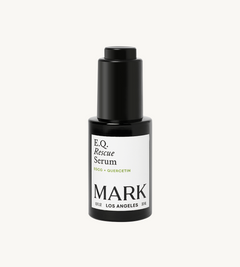
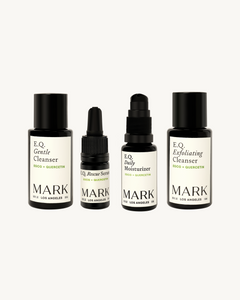
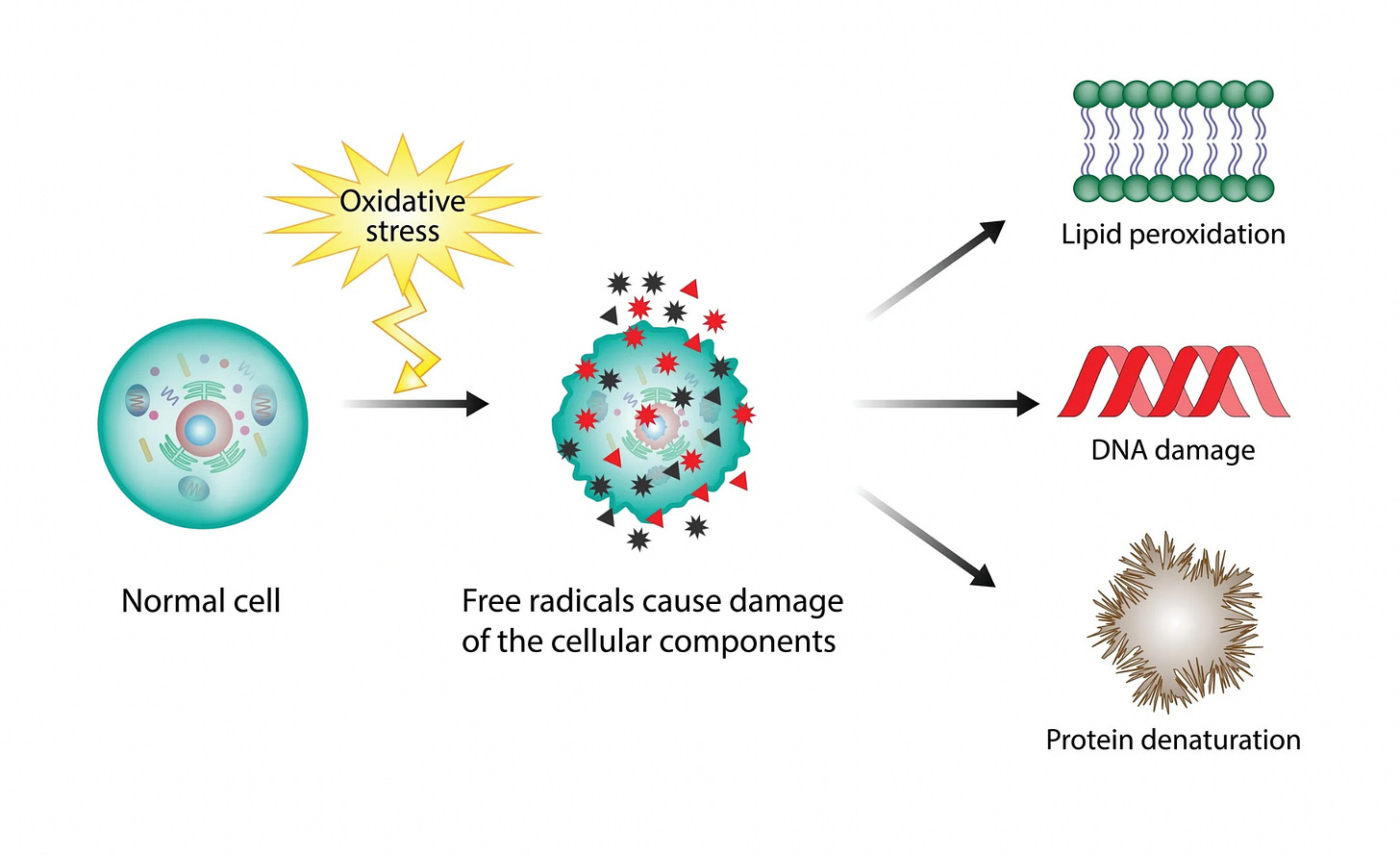
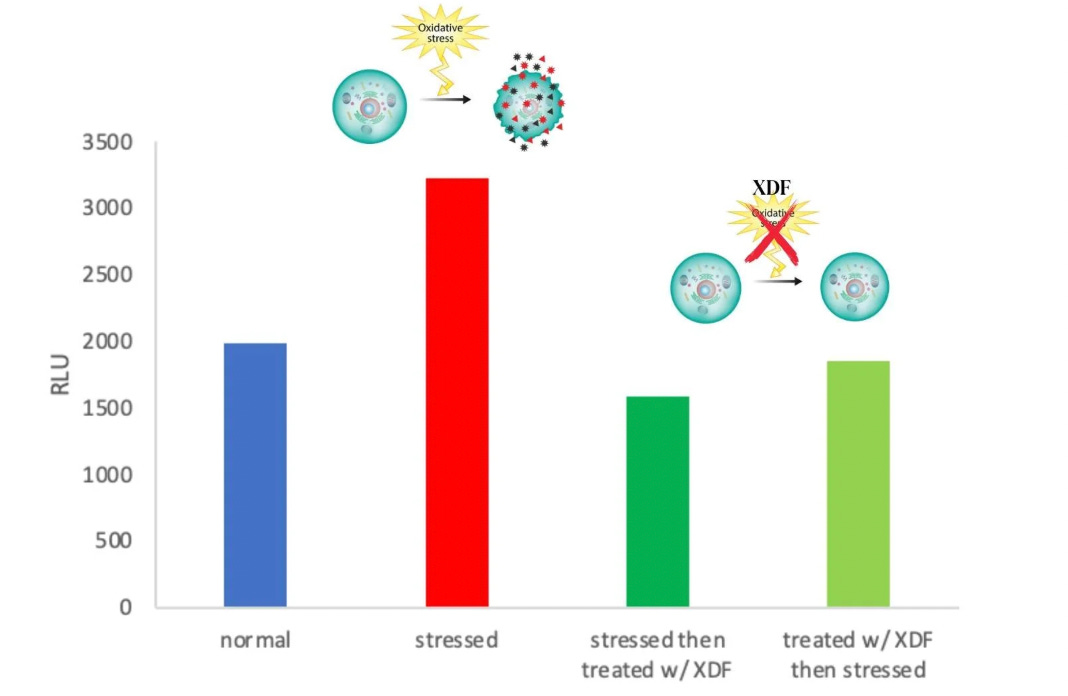

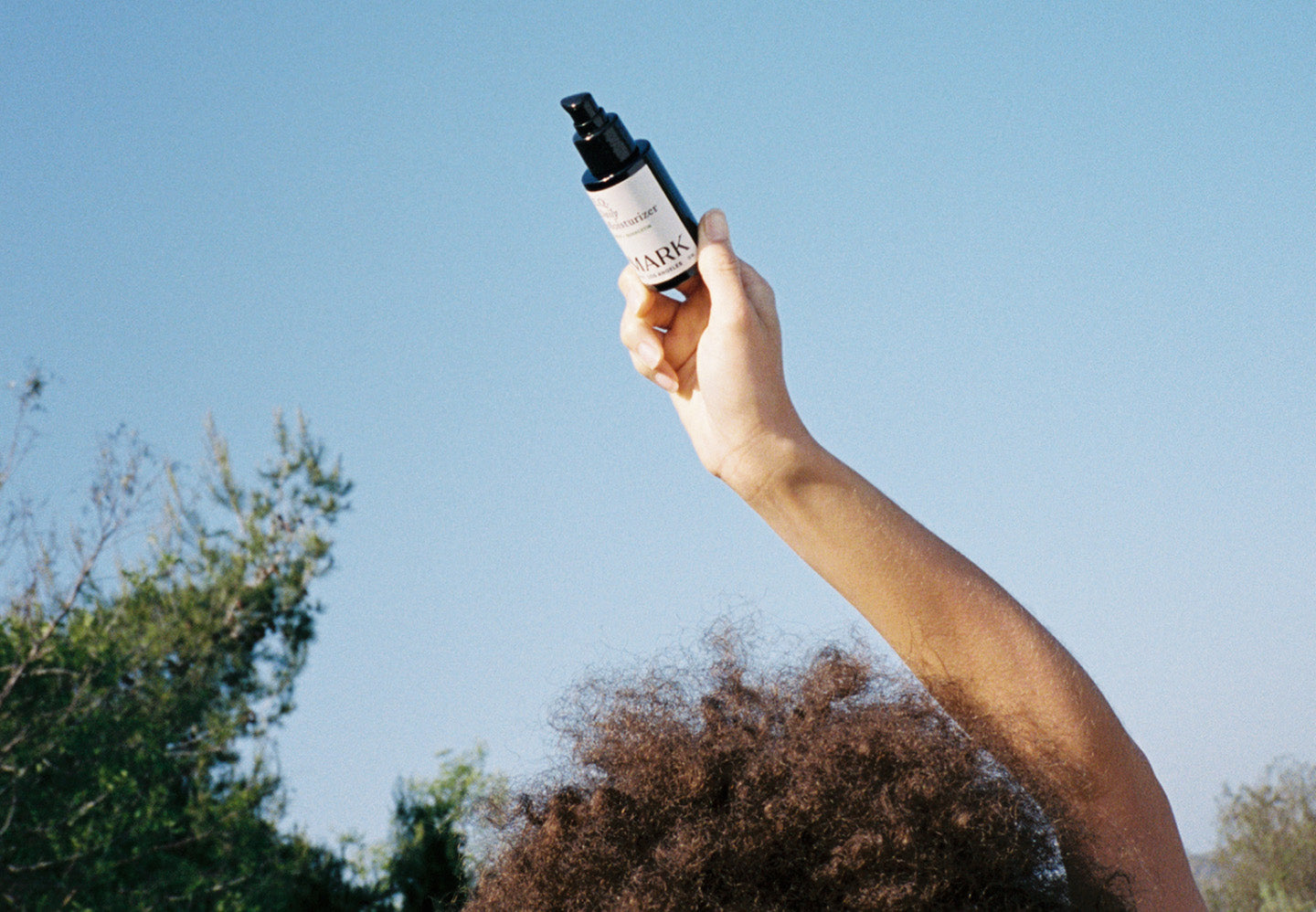

Leave a comment